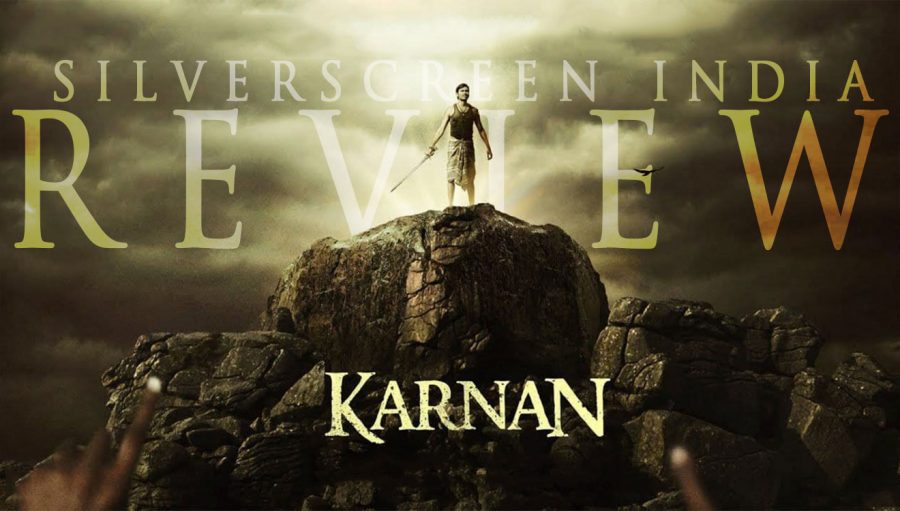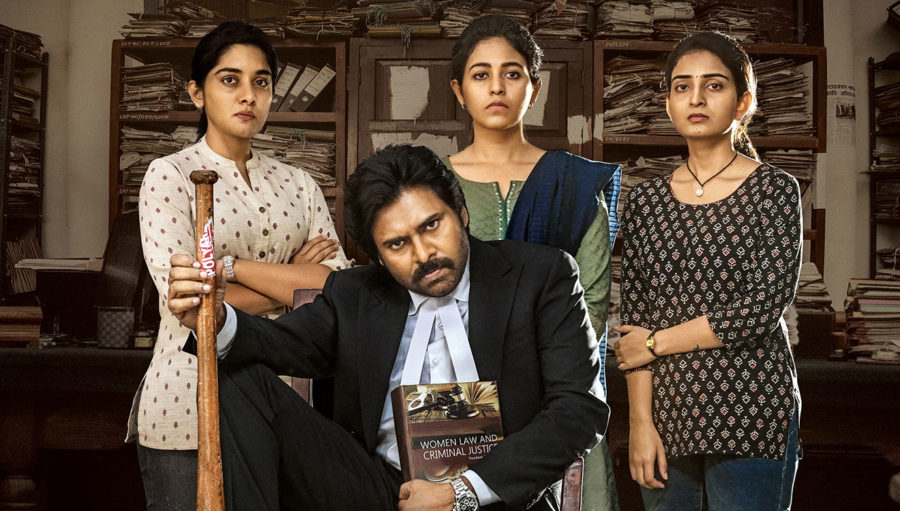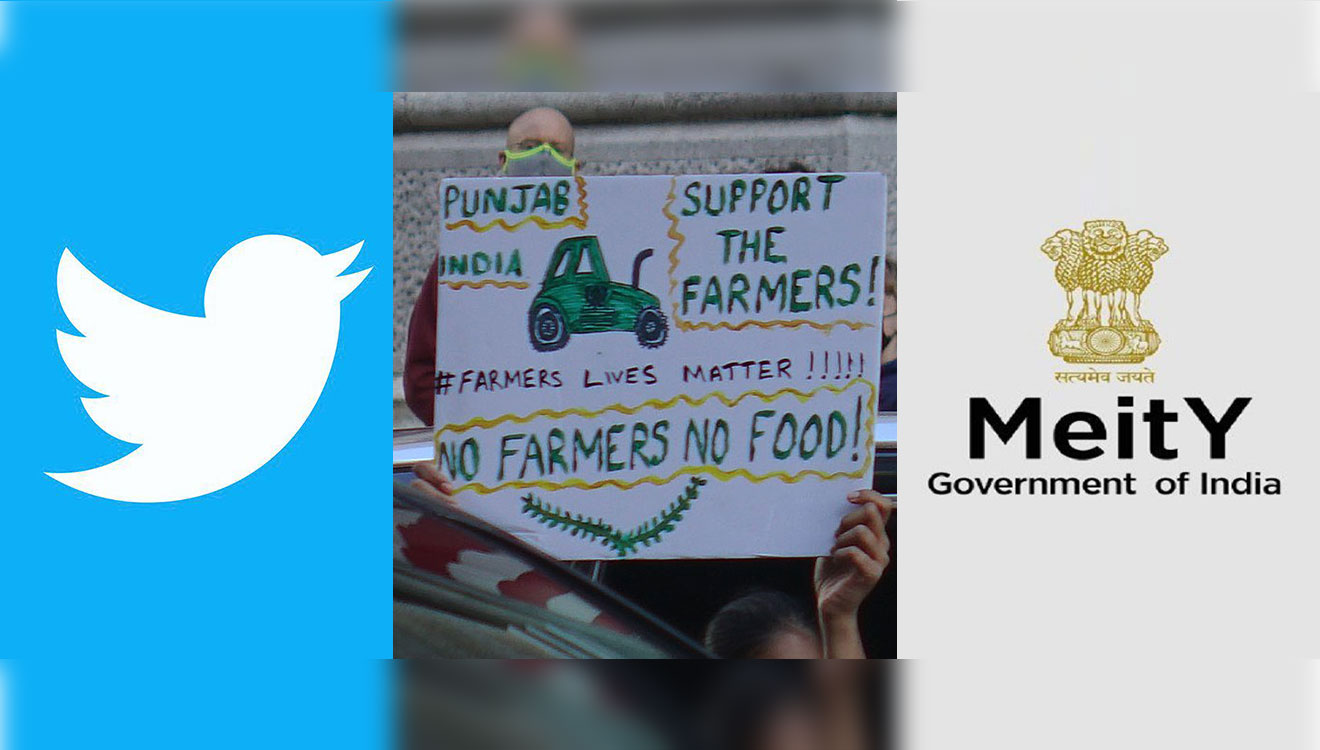The most striking aspect of Karnan is how director Mari Selvaraj films the village of Podiyankulam. For the state, it is non-existent; a kaadu (forest). On the dusty floor right outside Yaman’s (Lal) hut, a pack of pigs wrestle. An eagle hovers over the village, eyeing a clutch of chickens on a granny’s courtyard. A young boy brings home a stray horse because he wants to rear it. A donkey hobbles around the village, exchanging glances and whispers with a little goddess who guards the place. Sometimes the camera moves off from a scene of violence or tension to take note of a butterfly perched on a wall. A scene of streetfight is cut abruptly to the shot of a tranquil pond at a distance.
These images bring to the anthropocentric mainstream space a distinct way of life and the memory of a culture otherwise not acknowledged. The film’s drama doesn’t arise just out of human interaction but also from how Selvaraj integrates human existence to the village’s geography, myths and history. The pigs and stray dogs aren’t a nuisance but co-owners of the village. When the hero arrives on a horse, the cheers are not just for the man but also the beast.
In Karnan, Selvaraj departs from a dark and realistic narration that has come to be the most preferred style in south Indian cinema for socio-political dramas. His approach is expressionistic. The visuals (cinematographer Theni Easwar) and the soundscape are carefully designed to express the film’s rich emotional narrative. The scream of a woman in labour reverberates in the air as a group of armed cops goes about unleashing violence in the village. An instance of the body taking the toll of the birth of a new life. Selvaraj opts for montage cuts, compressing many layers into one scene, using contrasting images. There are areas in the narrative that are universally appreciable. And there are doors only those who have insider information could unlock.
The film is about a village’s uprisal against systemic violence and apathy. In one of the pivotal scenes, several streams of actions converge. A heavily pregnant woman and her family await a vehicle by the side of a highway. When a public bus refuses to stop, her elder son, a little boy, hurls a stone at it in protest. The seemingly minor incident snowballs into a clash, the venting of anger bottled up over a long time. There is poetry in Selvaraj’s picturisation of the rampage. Like a map that solves the mystery of a labyrinth, the scene charts the anatomy of a rebellion.
Podiyankulam, overlooked in the state’s development plan, is without a concrete road or a bus stop. The elders have invested all their hope for a better future in the village’s youngsters. But it isn’t easy to get out of structural oppression. There is an instance where you see Karnan waiting for hours under the hot sun to hitch a ride to the city to attend a physical test to enrol in the armed forces. Despite passing the test, his face sinks into a strange sense of despair as he spots a fellow Dalit candidate who couldn’t qualify. A profound pain he doesn’t know how to overcome.
Karnan looks at caste as not just a residual problem that could be wiped away through developmental measures by the state but something ingrained in the public mind. What enrages the police officer (Natraj Subramaniam) isn’t the act of vandalism but the name of the village head (Duryodhanan) and the village’s refusal to bow to his upper-caste identity. When Karnan ascends a horse and raises his sword to the sky, he challenges not just the militants on the ground but the mythological and pop-cultural representations of a Dalit man.
Women assume supporting roles in the film. Lakshmipriya Chandramouli and Gouri G Kishan represent two of the many faces of the village’s resistance. Droupadi (Rajisha Vijayan) doesn’t have an identity other than her affair with Karnan and what her name points at (unlike Droupadi in Mahabharat, she is in love with Karnan). But the warmest romantic moment in the film is reserved for an unusual pair, Yaman and his lady friend who trades a ten-rupee note for a kiss on her forehead.
Lal is fabulous here, as the amiable grandfather who should rebuild himself to become Karnan’s comrade. Selvaraj once again uses Yogi Babu as a great character artist who has an untapped talent for underplaying.
Recommended
Throughout the film, there are mentions of a redeemer who would steer the village out of its misery. After winning a prized sword in one of the initial scenes, Karnan mounts an elephant. He is a king, but without a kingdom. The film charts his trajectory from a short-tempered youngster to a hero who gives himself up for his people in great details.
Dhanush delivers an exemplary performance, a mix of thoughtful control and natural charisma, personifying the pathos, the deep-seated exasperation and outrage that form the basis of the film’s screenplay. And with this mighty second film, Mari Selvaraj claims a unique position in the Tamil cinema space, whose stories of human suffering aren’t morbid and cerebral but humane and fascinatingly guileless.
****
The Karnan review is a Silverscreen original article. It was not paid for or commissioned by anyone associated with the film. Silverscreenindia.com and its writers do not have any commercial relationship with movies that are reviewed on the site.



